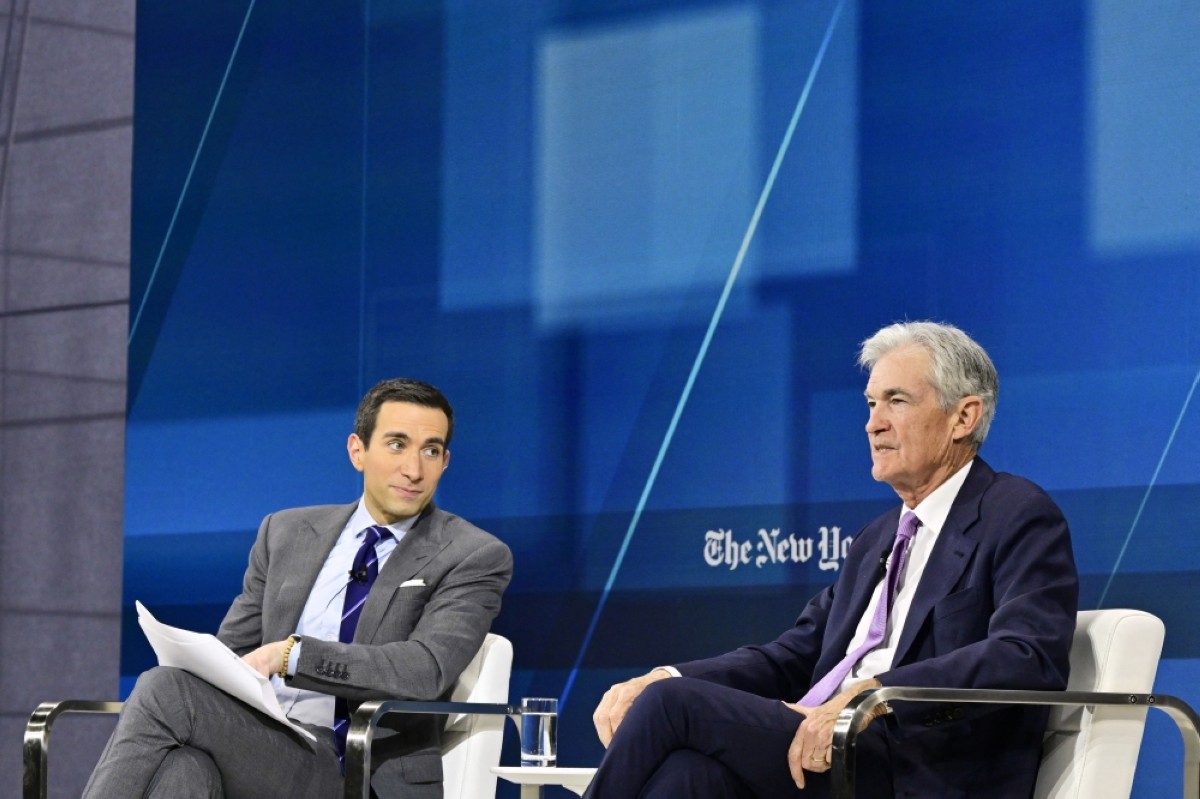Brent prices rise in April on tighter fundamentals, geopolitical tensions
KUWAIT: In a month marked by significant volatility, Brent futures soared to a six-month high of $91.2/bbl in early April after tensions between Iran and Zionist entity spilled over into a direct tit-for-tat confrontation.

OPEC maintains more bullish projection of 2.25 mb/d on non-OECD consumption.
Brent trended lower by the month’s close, settling at $87.9/bbl (+0.4 percent m/m; +14 percent ytd) as markets perceived geopolitical risks to have eased somewhat.
Moving into May, prices fell further last week on potential Gaza ceasefire talks and after a sizeable crude stock build in the US. Nevertheless, April was Brent’s fourth straight month of gains. Local marker Kuwait Export Crude (KEC), meanwhile, gained 2.9 percent m/m in April to close at $88.8/bbl (+11.6 percent ytd).
Market sentiment towards oil’s prospects turned markedly more bullish in April amid tighter market balances and an escalating regional geopolitical confrontation that could threaten the supply picture even further. Brent net length topped three-year highs, reaching 335k futures and options contracts on a surge in speculators taking out “long” contracts (betting on prices rising).
In terms of oil market fundamentals, oil demand growth projections by the major reporting agencies, the International Energy Agency (IEA) and OPEC, for this year and 2025 remain far apart. The IEA, in its April report, lowered its projected oil demand growth estimate for the current year by 130 kb/d to 1.2 mb/d, citing weaker activity in OECD economies. OPEC, in contrast, maintained its more bullish projection of 2.25 mb/d on expected higher non-OECD oil consumption.
Lending some small support to a more bullish economic outlook (and therefore oil demand prospects) for 2024 was the International Monetary Fund, which, in its recently published April World Economic Outlook, revised up global GDP growth in 2024 by 0.1 percent pts to 3.2 percent y/y (the same rate as in 2023) and sees it maintained in 2025 as well. While the revision is a small one, it, nevertheless, highlights global economic resilience and solid underlying US economic activity despite tight central bank monetary policy. Recent GDP data pointing to better-than-expected growth in both China and the eurozone in Q1 will help strengthen the case for a more positive oil demand story this year - even if the US Fed signaled last week that due to persistently high inflation, the current level of US interest rates will persist for longer with fewer than 2 rate cuts expected by end-2024.
Looking ahead to 2025, both agencies expect oil demand growth slowing, albeit at different rates. The IEA sees it easing to 1.1 mb/d, driven solely by non-OECD countries as oil consumption is pared back in OECD economies (-60 kb/d y/y). Meanwhile, OPEC pegs growth at a more robust 1.85 mb/d on consumption gains in both advanced and emerging economies.
On the supply side, combined data from OPEC secondary sources and S&P Global show aggregate OPEC+ crude production (quota members) in March declining by 49 kb/d to 34.4 mb/d. Among OPEC-9 members, crude output fell by 9 kb/d, with gains in Saudi Arabia (+20 kb/d) and Gabon (+15 kb/d) offset by declines in Nigeria (-38 kb/d) and Iraq (-23 kb/d). Kuwait, according to official data, continued to produce at 2.41 mb/d, in line with its OPEC+ quota for Q1 and Q2 2024.
Quota-exempt Iran, meanwhile, saw its output rise to the highest level in five and a half years (3.2 mb/d), though the recent passage of expanded sanctions by the Biden administration targeting foreign buyers of Iranian crude (so-called “Stop Harboring Iranian Petroleum Act”), including on transactions involving financial institutions in China - the largest importer of sanctioned Iranian oil - could lead to some slowdown in growth momentum. Venezuela’s output, meanwhile, decreased by 13 kb/d in March to 809 kb/d after the US decided to reimpose sanctions over political concerns surrounding the prospect of less than free and fair democratic elections. The withdrawal of the US license should not affect the Venezuelan operations of US oil major Chevron, however.
The US continued to pump in April at a near record rate of 13.1 mb/d, not far off the 13.2 mb/d average the US Energy Information Administration(EIA) sees for 2024. For 2025, the EIA sees output expanding to 13.7 mb/d (+500 kb/d). According to a Federal Reserve Bank of Dallas survey, breakeven estimates for drilling new wells in the Permian Basin averaged $65/bbl in Q1, well below current oil price levels, suggesting scope for potential growth amid OPEC+ supply restraint. Higher oil prices have, however, reduced the Biden administration’s appetite to refill the Strategic Petroleum Reserve (SPR), cancelling a 3 mb buyback that was being planned.
The outlook for the oil market over the rest of 2024 is one of tighter supply, with balances slipping into deficit due to OPEC+ supply cuts and decent oil demand growth. This should lead to an acceleration in the drawdown of global oil inventories. OECD commercial stocks (including refined products) fell by 98 mb to 2,733 mb between October 2023 and February 2024. Under the IEA’s baseline scenario, in which OPEC+ extends ongoing production cuts to year-end—a scenario that we also subscribe to - demand is expected to outstrip supply in every quarter of 2024, with the deficit peaking at -1.1 mb/d in Q3 2024.
Oil prices should remain well supported under these conditions, averaging $85/bbl for the year. Moreover, at this juncture, we see the balance of price risks tilted to the upside, with the prospect of oil demand outperforming expectations higher than the likelihood of OPEC+ restoring supply or non-OPEC supply growing by more than expected in 2024. Moreover, we do not expect geopolitical risks, whether linked to the ongoing Russia-Ukraine or Gaza conflicts, to dissipate in the near term, which should imbue prices with upward bias.











